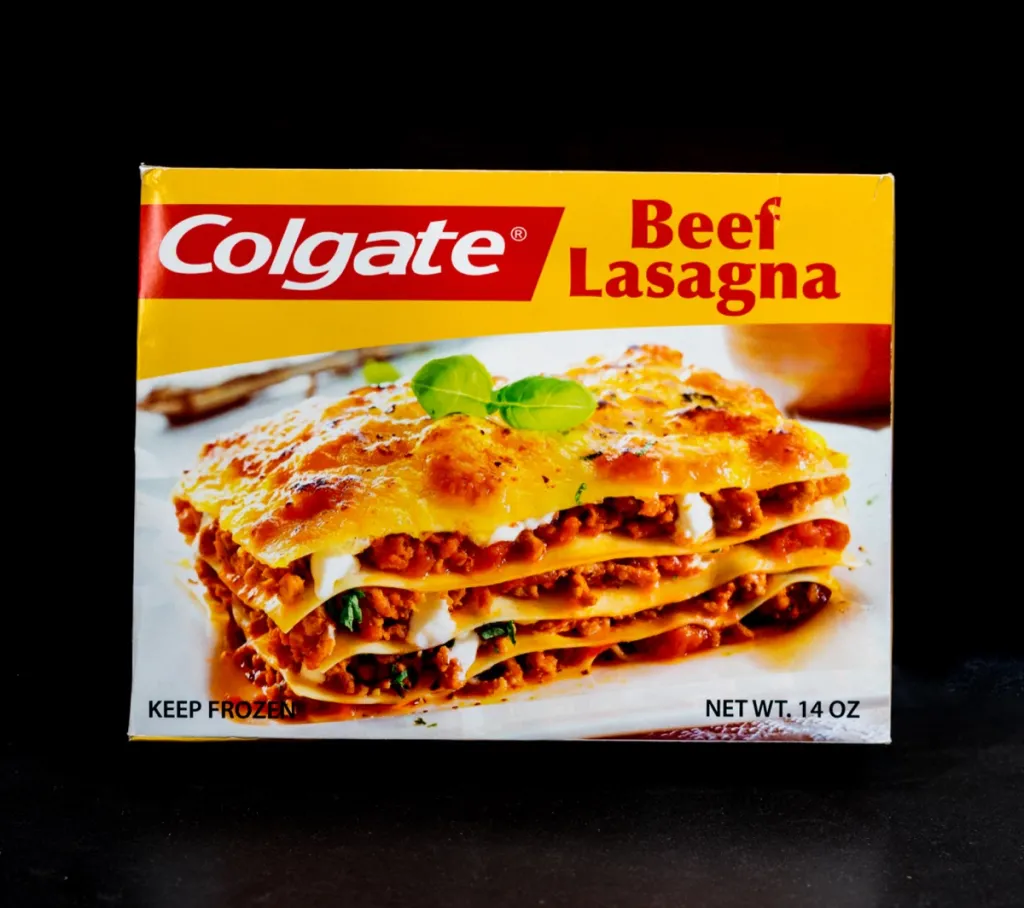Brand expansion represents a set of strategic tactics that can be employed for various goals, including diversifying production offerings, consolidating corporate presence in the market, or attracting new consumer segments. To optimize the results of such strategies, it is crucial to maintain substantial consistency.
A traditional example of a company that has tried to expand into other activities unrelated to its core identity is Colgate, which failed to introduce frozen meals in the 1980s.
Imagine walking into a supermarket and seeing next to toothpaste … a Colgate-branded frozen lasagna. This extension of the Colgate brand can be seen as a clear example of what an organization should avoid when expanding its product line. Colgate being both a major player in the oral hygiene industry and having a strong connotation associated with its core and original market efforts to associate the brand with food products have clearly generated consumer confusion and rejection. In fact, the image closely related to freshness, hygiene and tooth care in total contrast to that of the hot and tasty meal has not found any logical match making it impossible to generate any benefit in consumer perception.
In brand extension transactions, there are several important factors to consider, first among them is the consistency of the brand between the source market and the target market of extension.





